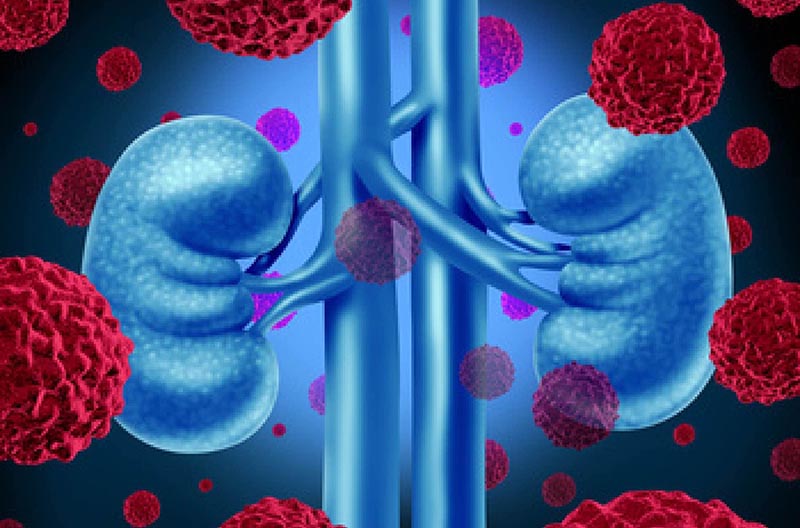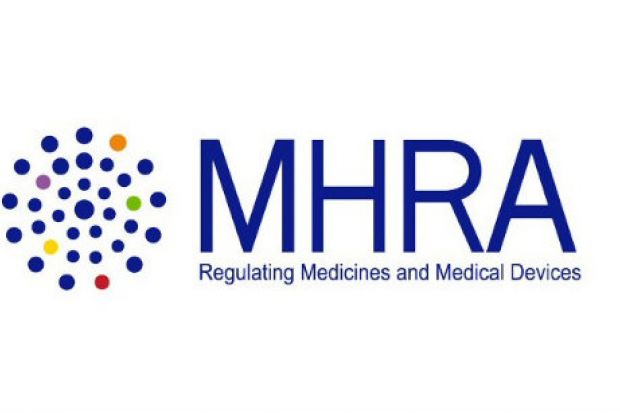Share this Page:
A study presented at the Society of Urologic Oncology (SUO) in Washington, USA last week concluded that universal initial active surveillance for patients with small renal masses (SRMs) less than 3 cm in diameter using predefined progression criteria can safely delay or avoid treatment for most patients.
In the study, active surveillance was recommended for all patients with SRMs that were not progressing at the start of the study. The active surveillance management used predefined progression criteria for the initiation of treatment, such as malignant tumour biopsy plus any of the following:
- Maximum tumour diameter greater than 4 cm
- Tumour growth rate greater than 5 mm per year
- Maximum tumour diameter greater than 3 cm plus a tumour growth rate of 3 mm or greater per year
- High-risk biopsy histology
- Tumour stage greater than cT3a
- Symptoms of kidney cancer.
There were 123 patients in the study. All had SRMs and more than 3 months of follow-up initially managed with active surveillance. During a median follow-up of 30 months (2.5 years), 35 patients (29%) met at least 1 progression criterion.
Three-year progression free survival rates were 83%, 75%, and 45% for patients with a maximum tumour diameter less than 2 cm, 2.1-3 cm, and greater than 3 cm, respectively. 35 patients progressed while on active surveillance, of which 28 (80%) converted to treatment (27 with surgery and 1 with ablation). Only 1 (1%) of the 88 patients who did not progress converted to treatment because of anxiety or other causes.
In conclusion, the risk of metastasis for patients with SRMs on active surveillance is low and frequently outweighed by treatment-related morbidity or mortality.















